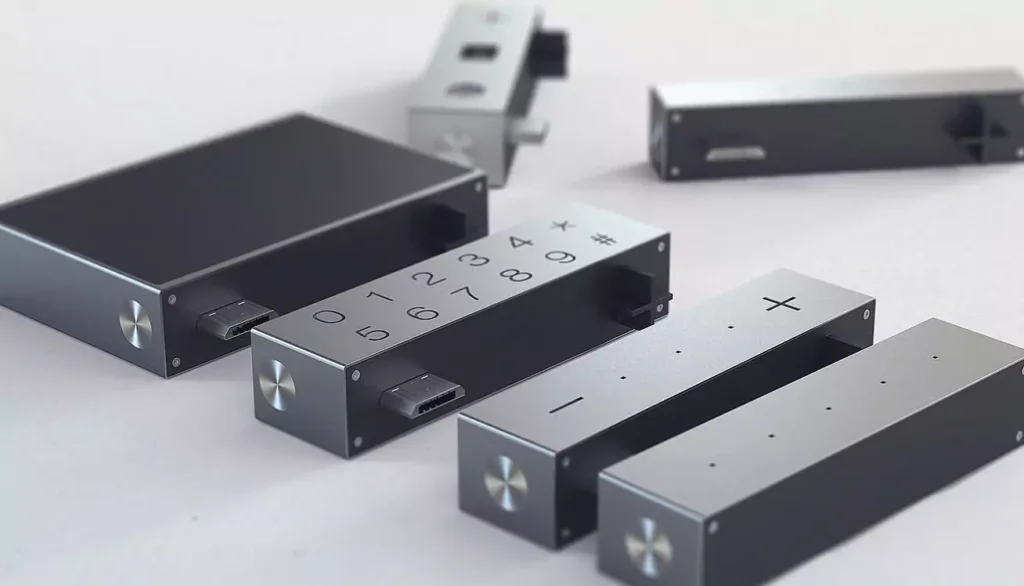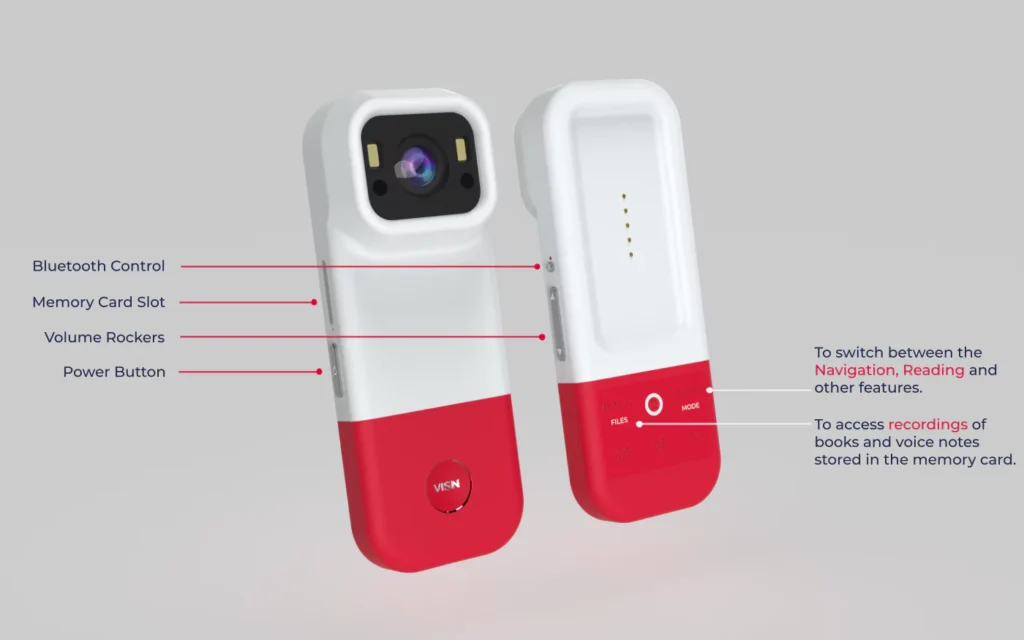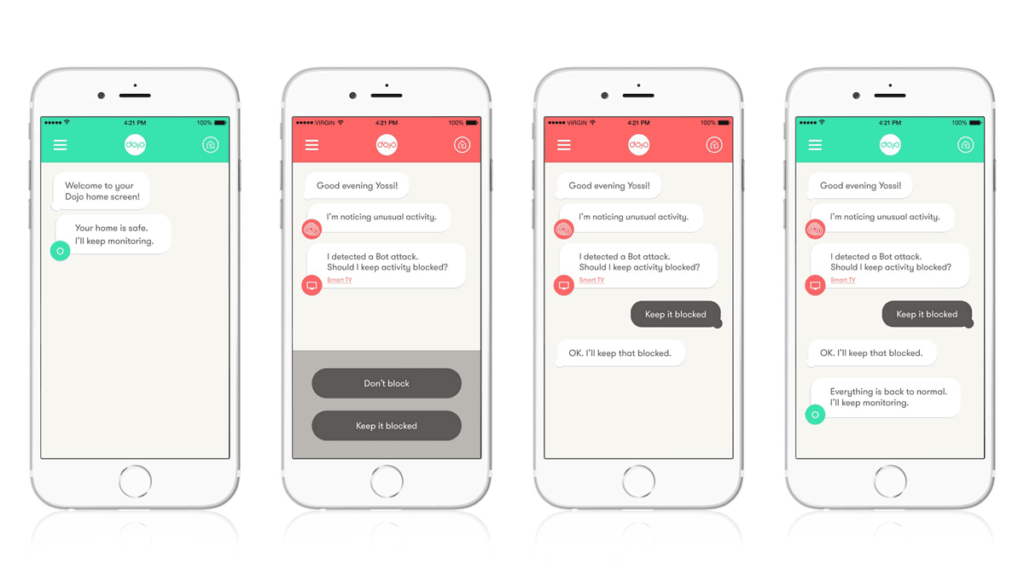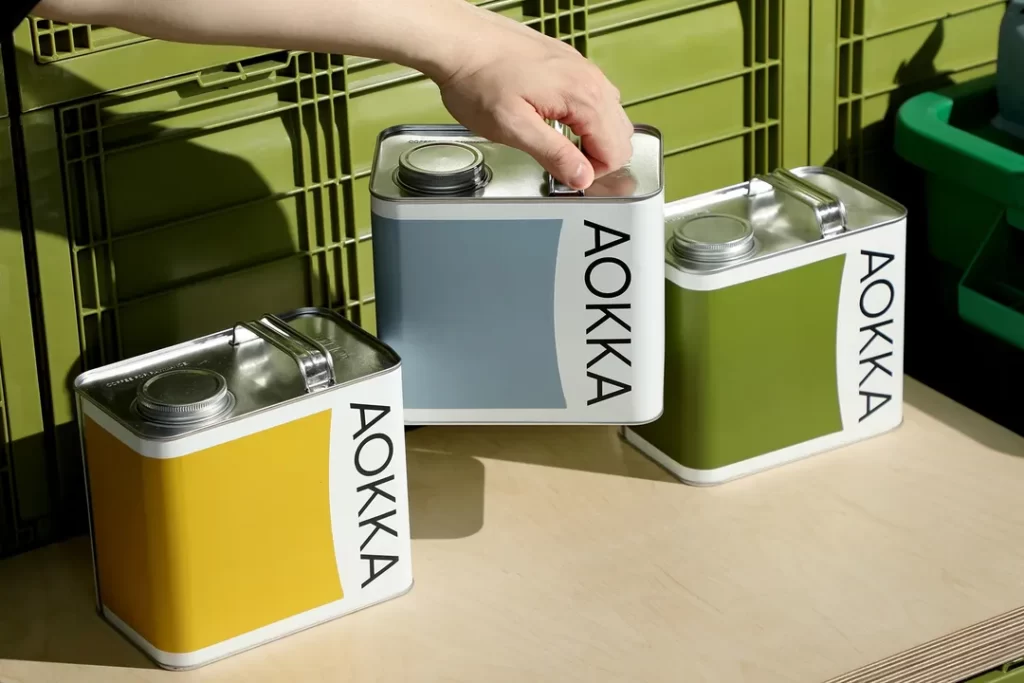Top 15 Product Design Trends to Watch
We live in exciting times. As technology advances rapidly, product designers have more tools than ever to create innovative and user-friendly products. In 2024, we can expect to see some fascinating new trends emerge in product design. In this article, we'll look at the top trends shaping the future of product design.
Table of Contents
Top 15 Product Design Trends
1 – Sustainability Becomes Standard

Sustainability will no longer be an afterthought. It will be baked into the product design process from the start. In 2024, designers will assume sustainability as a baseline requirement, not a nice extra. Products will be designed to maximise durability, repairability, and recyclability. Eco-friendly materials like bamboo, recycled plastics, and biodegradable packaging will become the norm. Brands that don't adopt sustainable practices will seem outdated.
Consumers, investors, and regulators will demand environmentally responsible products. Designers will use life cycle assessments to minimise ecological footprints. The cradle-to-cradle design will aim to eliminate waste. Taking inspiration from nature, products will be designed on principles like zero waste, energy efficiency, and closed-loop systems.
2 – Personalisation at Scale
The biggest brands will leverage data and AI to offer personalised products at a mass scale. Think made-to-order sneakers, furniture that fits your home layout, or nutrition plans based on your DNA. 3D printing, flexible manufacturing, and other technologies will enable previously unprofitable customisation.
Product personalisation will become a significant differentiator. Leading brands like Nike and BMW already let you design your shoes or cars. In 2024, this trend will go mainstream. Companies will use virtual try-on tools and recommendation engines to deliver tailored products just for you. Get ready for the rise of “me-commerce.”
3 – Mainstream Modular Design

Modular product design will hit the big time in 2024. We'll see modular smartphones, furniture, home appliances, and more. Components will be designed to work together in different configurations. Products will be upgradable over time as new modules are released.
This flexible repurposing will extend the product lifecycle. Why buy a new phone when you can swap the camera module or battery? Modularity enables customisation, too. You'll be able to create exactly the product configuration you need. And for companies, modular design provides manufacturing, transportation, and inventory management efficiencies.
4 – UX Beyond the Screen
In 2024, product designers will focus more on physical and multi-sensory user experiences beyond traditional touchscreen interfaces. Products will engage users through tactile, motion-based, and voice interactions. As virtual reality and IoT devices proliferate, designing intuitive real-world experiences will be crucial.
Expect more tactile controls, physical buttons, and textured surfaces. Audio feedback and spatial audio technology like Apple's spatial audio will enhance the sonic UX. Motion gestures and mid-air haptics will enable touchless control. More products will respond to natural voice commands using AI assistants like Siri or Alexa. The most innovative designs will blend digital and physical interactions seamlessly.
5 – Design for All Demographics
Products will become more inclusive for all users. Designers will consider diverse abilities, age groups, cultures, income levels, and geographic locations. Simple intersections between humans and machines will empower users rather than overwhelm them.
Features like voice control, haptics, and biometrics will make products more accessible to users of different abilities. User interfaces will adapt to individual capabilities. Improved translation and transcription features will aid non-native speakers. And pricing models like pay-as-you-go will open access for lower-income consumers. Thoughtful design will aim to serve the broadest possible spectrum of users.
6 – Rise of Assistive Technology

Advances in AI, sensors, robotics, VR, and brain-computer interfaces will drive growth in assistive technology. More products will amplify and augment human abilities. Exoskeletons and powered prosthetic devices will restore mobility. Brain-reading technology will enable thought-powered communication for the speech-impaired. Cognitive assistants will enhance focus and memory.
Assistive tech will also move mainstream. For example, AR glasses overlaying visual information will aid daily tasks and decisions. Employers may provide exoskeletons that reduce workplace injury and boost productivity. The human-technology partnership will become deeper and more symbiotic.
7 – The Internet of Behaviours
By observing human behaviours, smart products will increasingly predict needs and take proactive actions. IoT sensors will feed massive amounts of behavioural data to cloud AI systems. Ordinary objects will demonstrate artificial intuition powered by ambient intelligence.
Example use cases include a car that knows your daily commute and warms up the interior automatically before you leave. Or a kettle that starts boiling when you enter the kitchen in the morning based on habitual tea drinking. Products will morph into thoughtful assistants finely tuned to individual habits and preferences.
8 – Design for Manufacturability
Design for manufacturing will continue gaining focus in 2024. Product designers will adopt design practices optimised for production efficiency, supply chain viability, and assembly ergonomics. Manufacturing capabilities will directly inform design decisions.
Designers will embrace standards and modular components that streamline production. Generative design software like Autodesk Fusion 360 will algorithmically create designs suited for manufacturing. Designers will use VR simulators to verify assembly processes before launch. The product development loop will tighten.
9 – Materials Science Breakthroughs

Advancing materials science will open new possibilities for product aesthetics, functionality, and sustainability. Metamaterials with properties not found in nature will enable unprecedented capabilities like invisibility cloaks and morphing structures. Biomaterials inspired by nature will be more robust, adaptive, and benign. And nanomaterials smaller than a grain of sand will deliver significant performance in a tiny package.
3D printing will drive novel uses of advanced materials, too. Lighter, more robust, wear-resistant products will boost energy efficiency in transportation and infrastructure. Expect a new generation of smart materials that can sense, actuate, compute and communicate.
10 – Agile Design Ops
Leading product teams will adopt agile design operations to accelerate innovation. Cross-functional designers, engineers, marketers, and users will collaborate in fast-paced sprints. Rapid prototyping and continuous deployment will push quick iterations. Data insights will back design decisions.
This agility will enable companies to respond swiftly to market feedback and beat competitors. Regular releases will continually delight users with the latest features. Testing new ideas will become more accessible than ever. Integrative platforms like Figma and InVision will streamline the design workflow. In some organisations, every team member will contribute to the design.
11 – Total Experience Design
Customer experience will evolve into total experience (TX) design. Product design will become closely coordinated with retail environments, digital touchpoints, branded services, and internal culture. Consistent TX will build trust and community between customers and brands.
TX design will consider how products are marketed, retailed, purchased, unboxed, and supported over their lifetime. Showroom environments will showcase products advantageously. Packaging will enhance the unboxing ritual. And digital ecosystems will surround the product with a seamless experience. Every touchpoint will reinforce the brand promise.
12 – Conversational Interfaces

Thanks to AI assistants like Siri and Alexa, conversational interfaces will become a primary way we interact with technology. More and more products will feature voice control, verbal responses, and two-way dialogue. Voice UX will be more natural, contextual, and personalised.
Home appliances, vehicles, wearables, virtual assistants, and IoT ecosystems will be conversationally integrated. You'll chat with your car to get directions or check fuel levels. Offline capabilities will enable complex voice interactions using local processing power. Speech and language processing in tiny edge processors will protect privacy. Talking to tech will feel fun and intuitive.
13 – 5G Connects the Physical World
The rollout of high-speed 5G networks will unlock a world of connected products and embedded intelligence. By 2024, 5G will reach about 40% global coverage, enabling real-time coordination of complex systems. Many products will include cellular connectivity for the first time.
Autonomous vehicles will benefit from fast, reliable 5G vehicle-to-everything (V2X) communication. Industrial IoT will monitor processes in real time across facilities. Drones will stream high-res video from the skies. Augmented workers will stay connected via smart helmets and glasses. And consumers will enjoy cloud gaming, AR/VR, and smart homes. 5G finally ties everything together.
14 – Minimalist Aesthetics

Clean, minimalist aesthetics will stand out in 2024. As technology infuses more products, simplicity and calm will be prized. Plain materials, stripped-down interfaces, and subtle colours will give technology a warm, welcoming feel.
Soft, rounded corners and matte finishes will add subtle texture. Clever interlocking parts will eliminate visual clutter. Graphic interfaces will use restraint and white space. Products will have a soothing ambience that feels harmonious for extended periods. Taking cues from Scandinavian and Japanese influences, less will be more.
15 – Design for Inner Well-being
The most thoughtful products will nurture practical utility and psychological wellness. They'll promote mindfulness, presence, empathy, and healthy habits. UX will deliver positive emotional engagement tailored to modern stresses.
Designers will apply behavioural psychology and data analytics to foster engaged and compassionate users. For example, features like digital well-being settings will encourage balanced tech use. Natural textures and warm materials will create a calming effect. And subtle cues will nudge people towards positive actions. Products will go beyond functionality to improve quality of life.
Final Thoughts on the Future of Design
The product design landscape in 2024 will offer challenges and opportunities. Sustainability pressures will force innovation in materials and lifecycle processes. Personalisation and customisation will be demanded at an unprecedented scale. Modularity and agility will accelerate design iterations and manufacturing feedback loops. And AI capabilities will imbue products with situational intelligence to assist users.
Underpinning it all is a human-centred design ethos. The design will aim to simplify and bring calm as technology capabilities grow dizzying. Products will deliver intuitive, thoughtful experiences that spark joy and enhance well-being. The best designs will dissolve into our lives, helping us achieve what matters most. By starting with human needs and abilities, design will create a hopeful future powered by technology, not overwhelmed by it.
Frequently Asked Questions
What is the primary sustainability trend in product design?
The primary sustainability trend is that eco-friendly materials and lifecycle processes will become standard practice rather than a niche concern. Sustainability will be designed into products from the outset.
How will personalisation and customisation evolve in 2024?
Companies will leverage data, flexible manufacturing, and technologies like 3D printing to deliver personalised products at a mass scale. Leading brands will make tailored offerings a key differentiator.
Why is modular product design growing?
Modularity enables customisation and extends product lifecycles through upgrading. It also provides benefits like improved inventory management and manufacturing efficiencies for companies.
How will UX design evolve beyond screens?
UX design will focus more on multi-sensory experiences, including haptics, motion gestures, spatial audio and conversational interfaces through voice assistants and chatbots.
How will inclusive design practices expand?
Products will consider diverse users through features like voice control, adaptive interfaces, translation, accessibility options, and flexible payment models to serve more demographics.
